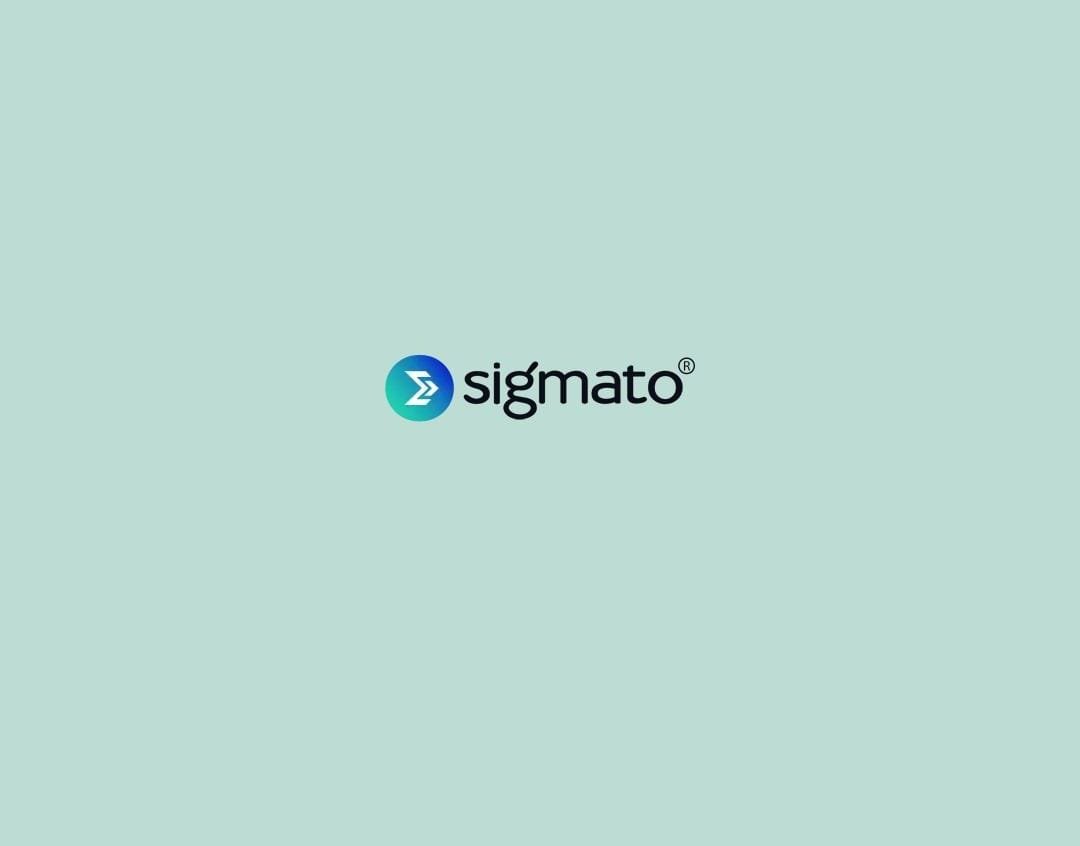Decentralized Platforms
Decentralized platforms are computer networks that are designed to be distributed and decentralized, meaning that they are not controlled by a single entity or organization. They rely on a network of users to process transactions and maintain the network, rather than relying on a central authority. Some examples of decentralized platforms include blockchain-based networks, peer-to-peer networks, and distributed computing systems.
These platforms can be used for a wide range of purposes, including the exchange of value (e.g. cryptocurrency), the creation and sharing of content (e.g. social media), and the execution of smart contracts (e.g. supply chain management)

Uses of Decentralized Flatforms
Decentralized platforms can be used for a wide range of applications, including

Peer-to-peer marketplaces
Decentralized marketplaces allow users to buy and sell goods and services directly with each other, without the need for a central marketplace or payment processor. This can help to reduce fees and increase the efficiency of transactions.

Social media
Decentralized social media platforms allow users to interact and share content directly with each other, without the need for a central authority to moderate or censor content. This can help to increase freedom of expression and facilitate more open and honest communication.

Identity and reputation management
Many methodologies, such as Agile and Scrum, emphasize collaboration and communication within the development team. This can help ensure that everyone is on the same page and working towards the same goals.

Supply chain management
Decentralized platforms can be used to track and manage the movement of goods through a supply chain, increasing transparency and enabling more efficient and effective operations.

Predictive markets
Decentralized platforms can be used to create predictive markets, allowing users to buy and sell shares in the outcome of events, such as elections or sporting events.

Governance
Decentralized autonomous organizations (DAOs) can be created on decentralized platforms, allowing groups of users to make decisions and execute actions based on predetermined rules, without the need for human intervention.
Let’s Transform Your Business For a Change That Matters
Benefits & Features of Decentralized Flatforms

Increased security
Decentralized platforms use distributed technology, such as blockchain, which makes them more resistant to tampering and hacking. This can help to increase the security of transactions and interactions on the platform.

Increased transparency
Decentralized platforms operate on a public ledger, which allows for transparency and visibility into the platform’s operations. This can help to increase trust and accountability among users.

Increased resistance to censorship
Decentralized platforms are decentralized and distributed, which makes it difficult for a single entity to censor or control the platform. This can help to increase freedom of expression and facilitate more open and honest communication.

Reduced transaction costs
Decentralized platforms do not require intermediaries to facilitate transactions, which can help to reduce fees and increase the efficiency of transactions.

Increased efficiency
Decentralized platforms can enable peer-to-peer transactions and interactions, which can be faster and more efficient than traditional platforms that rely on intermediaries.

Public ledger
Decentralized platforms operate on a public ledger, which allows for transparency and visibility into the platform’s operations.
